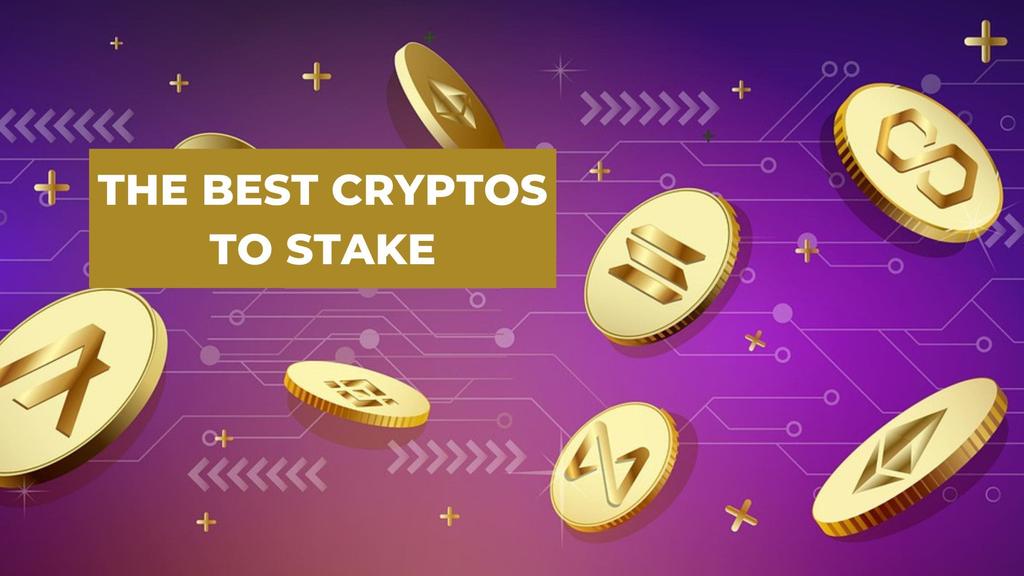Bera Reserve is a decentralized finance (DeFi) project built on the Berachain blockchain, focused on sustainable treasury management, liquidity provision, and long-term growth. The project aims to solve the problems that traditional OlympusDAO-style forks have faced, such as uncontrolled inflation, poor treasury management, and unsustainable tokenomics.
Core Features:
-
Treasury Management: Bera Reserve emphasizes advanced treasury management strategies, where all assets are carefully evaluated using mathematical principles such as under/overvaluation, price action, and statistical analysis. The project uses a mix of perpetuals trading, automated strategies, farming, and spot holdings to grow the treasury efficiently.
-
Protocol-Owned Liquidity (PoL): Bera Reserve controls its liquidity pools, which allows the protocol to generate rewards by continuously earning fees from trading activity. This liquidity flywheel is designed to ensure constant growth and a steady revenue stream for the treasury.
-
Debasing Mechanism: One of the unique features of Bera Reserve is the “debase” function, which reduces the supply of tokens that are not staked, including those in liquidity pools. This mechanism offsets inflation caused by staking rewards, making the tokenomics more sustainable in the long term.
-
Phased Growth Plan: Bera Reserve follows a tri-phased growth strategy:
- Phase 1 (Grow): Focuses on growing the treasury through bonds and staking with high APY, while managing inflation through a low-level debasing mechanism.
- Phase 2 (Expand): Shifts to intensive treasury management, automated strategies, and revenue generation through its product suite, reducing inflation further.
- Phase 3 (Sustain): Aims to organically grow the treasury, end inflation, and switch to a deflationary model through buybacks and burns of the token.
-
Anti-Jeet Mechanism: To prevent large price drops during market downturns, Bera Reserve uses a sliding tax scale based on the market cap versus the treasury’s risk-free value (RFV). If the market cap drops below the RFV, sell taxes increase, and a portion of these taxes is burned, reducing supply while bolstering the treasury.
-
Bera Reserve Token ($BRR): The project’s native token, $BRR, plays a central role in staking, bonding, and the debasing mechanism. Long-term holders are incentivized through rewards, and the token’s supply is gradually reduced over time, making it deflationary in the long run.
Product Suite:
-
Bera Field (Yield Aggregator): A yield aggregation platform that allows users to farm and compound their assets automatically. Bera Field’s unique aspect is that anyone can permissionlessly add new strategies and pools to expand the platform’s offerings.
-
$brONEY (Yield-Bearing Stablecoin): A sustainable, high-return stablecoin backed 1:1 by liquid stable assets. It generates high APR through stablecoin farming, self-arbitrage, and funding fee farming strategies. This stablecoin is designed to avoid the pitfalls of previous high-yield stablecoins that have failed due to unsustainable models.
-
BRR Funded (Prop House for Crypto Traders): Bera Reserve plans to introduce a Prop House where traders can be funded to trade with a portion of the treasury. Successful traders will split profits with the protocol, while the Prop House earns from both challenge fees (for those who fail) and profit-sharing from successful traders.
Sustainability Approach:
Bera Reserve addresses common issues in DeFi projects, such as:
- Overinflation: By capping token supply and reducing staking rewards over time.
- Dilution from Bonds: Using a debasing mechanism to counteract dilution from bond sales.
- Sell Pressure During Market Downturns: Applying anti-dumping taxes and burn mechanisms to stabilize prices.








